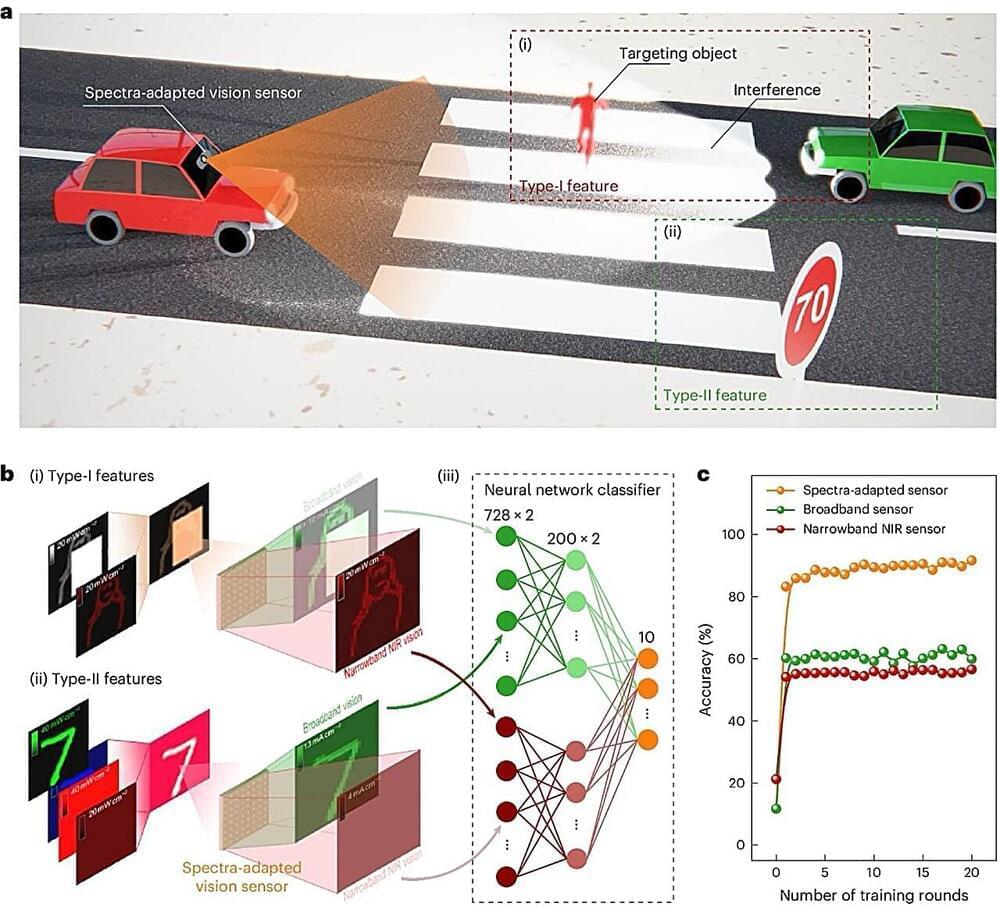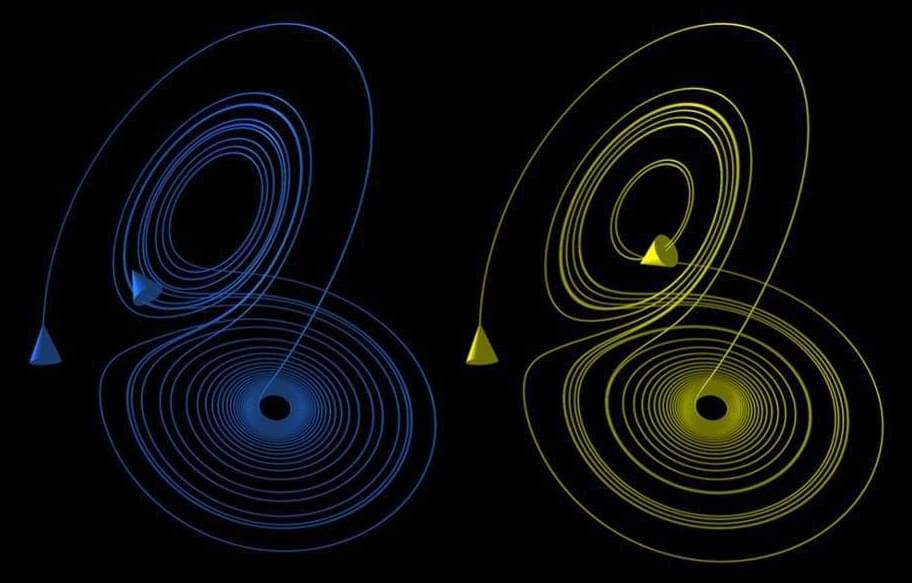The recently passed bill will impact most large AI firms in the world.


Topological quantum magnets are advanced materials that exhibit quantum behavior. Additionally, the magnetic spins of their particles are arranged in a way that creates stable and robust topological states.
These topological states are resistant to any external disturbances. Additionally, the spins in these materials can be entangled. This means they are deeply connected on a quantum level, and therefore don’t easily lose their quantum properties.
However, “So far, experiments have mostly explored non-interacting topological states, and the realization of many-body topological phases in solid-state platforms with atomic resolution has remained challenging,” the study authors note.

The ability to detect objects in settings with unfavorable lighting, for example at night, in shadowed locations or in foggy conditions, could greatly improve the reliability of autonomous vehicles and mobile robotic systems. Most widely employed computer vision methods, however, have been found to perform under poor lighting.
Researchers at the Hong Kong Polytechnic University recently introduced a new bio-inspired vision sensor that can adapt to the spectral features of the environments it captures, thus successfully detecting objects in a wider range of lighting conditions. This newly developed sensor, introduced in a paper published in Nature Electronics, is based on an array of photodiodes arranged back-to-back.
“In a previous paper in Nature Electronics, we presented a simple in-sensor light intensity adaptation approach to improve the recognition accuracy of machine vision systems,” Bangsen Ouyang, co-author of the paper, told Tech Xplore.


Starship underperforms by 50%. Yikes!
Enjoy the videos and music you love, upload original content, and share it all with friends, family, and the world on YouTube.

“For equities, all attention is now on Nvidia’s earnings release tonight, which has helped to drive significant moves recent quarters,” Deutsche Bank strategists said in a note Wednesday morning. “Bear in mind that Nvidia’s share price is already up +159% on a YTD basis, making it the top performer in the entire S&P 500, and it has risen by more than +1000% since its low in October 2022.”
Traders are also waiting on comments from Atlanta Fed President Raphael Bostic, who’s scheduled to speak after the closing bell. His remarks could provide more guidance on the path of Fed rate cuts this year, with investors pricing in as many as 150 basis points worth of cuts by year-end, according to the CME FedWatch tool.
Enjoy the videos and music you love, upload original content, and share it all with friends, family, and the world on YouTube.
An exploration of new findings regarding the last universe common ancestor of life, or LUCA, and abiogenesis in general.
My Patreon Page:
/ johnmichaelgodier.
My Event Horizon Channel:
/ eventhorizonshow.
Papers:
